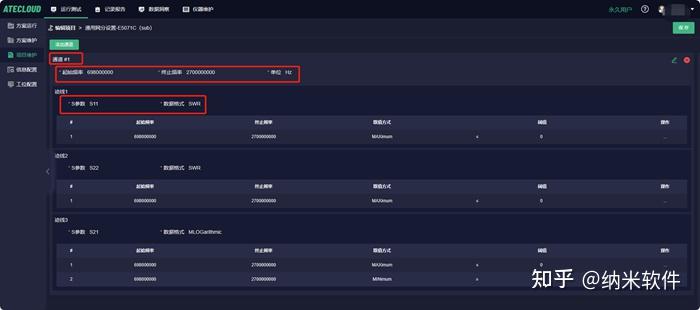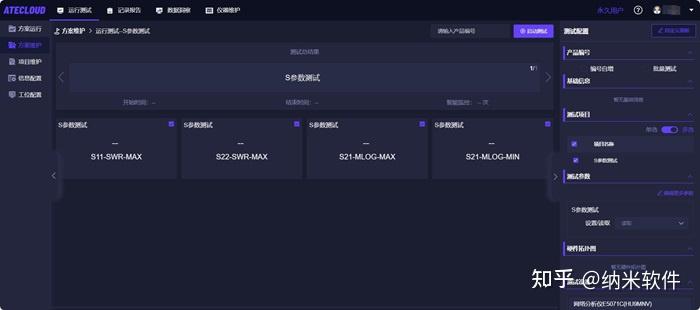What is the VSWR of a power divider?
Standing Wave (Voltage Standing Wave Ratio), abbreviated as SWR or VSWR, refers to two waves of the same frequency but in opposite transmission directions. One of the waves is generally the reflected wave of the other. Standing wave is an important indicator for evaluating the performance of a power divider. The smaller the standing wave, the better the performance of the power divider is, and it can effectively distribute the input power to each output port.
Power divider standing wave test method
The vector network analyzer is a professional testing instrument for measuring standing waves. The steps for testing the standing wave of a power divider using the vector network analyzer are as follows:
1、Calibrate the vector network analyzer
Before conducting the test, it is necessary to calibrate the ports of the vector network analyzer to ensure the accuracy and reliability of the test.

vector network analyzer
2. Connect the testing equipment
Connect the power divider to the port of the network analyzer and ensure the wiring is correct.
3. Set measurement parameters
Select S11, set the data format to SWR, and also specify the frequency range, scanning speed, power, etc.

Standing Wave Testing Project Editor
4. Start the test
The vector network begins to scan the frequency range of the power divider and observes the standing wave displayed by the vector network.
5. Analyze the test results
Compare the measured standing wave value with the threshold, and determine whether it meets the design requirements.
Factors affecting the standing wave of the power divider
1、Load matching: This is an important factor affecting the standing wave ratio. When the load matches the characteristic impedance of the power divider, the standing wave is minimized, indicating that the matching performance of the power divider is the best, and the signal stability and transmission efficiency are high. If there is no match, it will increase the reflection and loss of the signal.
2. Frequency: The characteristic impedance of the power divider may vary at different frequencies, which can cause changes in the standing wave pattern.
3. Power Division Ratio: The power division ratio refers to the proportion at which the power divider distributes the input power to each output port. Imbalance in the power division ratio can also have an impact on the standing wave.
When the standing wave ratio is not up to standard, measures can be taken based on the above influencing factors to optimize and adjust the power divider.

Radio Frequency Device Testing System
In conclusion, before testing the standing wave of the power divider, it is essential to calibrate the vector network analyzer first to ensure the reliability of the test results.

